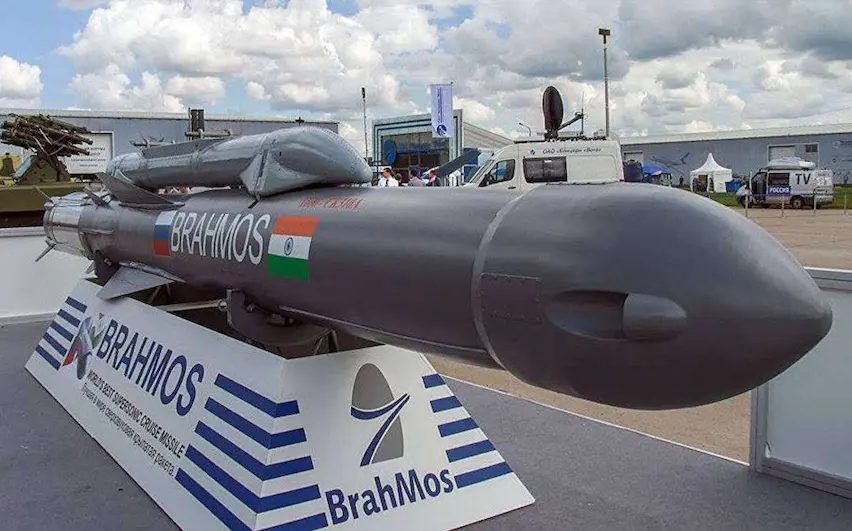
Indian Air Force is fast-tracking its next wave of upgrades integrating S-400 air defence systems
From Precision to Power: BrahMos and Astra Set the Stage
The Indian Air Force (IAF) has recently demonstrated the operational prowess of two indigenous missile systems BrahMos-A and Astra Mk-1 in live combat scenarios. These successes have not only validated India’s missile development programs but also emboldened the IAF to pursue deeper modernization.
- BrahMos-A, the air-launched variant of the supersonic cruise missile, has been successfully integrated with the Su-30MKI fleet. With a range of 400 km and pinpoint accuracy, it enables deep-strike capabilities against high-value targets.
- Astra Mk-1, India’s first beyond-visual-range air-to-air missile, has proven effective in intercepting enemy aircraft at ranges exceeding 100 km. It is now a standard fitment on frontline fighters.
These achievements have laid the foundation for the IAF’s next leap, a multi-pronged upgrade strategy that includes advanced Russian systems and indigenous enhancements.
The Next Wave: S-400, R-37M & Super Sukhoi
S-400 Triumph Deployment
India has already inducted three squadrons of the S-400 Triumf air defence system, with two more expected by 2027. These systems form the outermost layer of India’s air defence shield, capable of intercepting threats up to 400 km away. Despite concerns over vulnerabilities exposed in other conflict zones, Indian officials maintain confidence in the system’s integration and deployment strategy.
R-37M Hypersonic Missile Integration
Russia has offered India the R-37M (RVV-BD), a long-range hypersonic air-to-air missile capable of striking targets at 300-400 km and speeds exceeding Mach 6. Designed to neutralize high-value aerial threats like AWACS and refueling aircraft, the R-37M would significantly extend the IAF’s reach. Talks are underway for local production under the “Make in India” initiative, aligning with India’s push for defence self-reliance.
Su-30MKI “Super Sukhoi” Upgrade
The IAF’s workhorse, the Su-30MKI, is set for a major overhaul. With over 260 aircraft in service, the upgrade will include:
- Indigenous AESA radar systems (like DRDO’s Virupaksha)
- Next-gen avionics and mission computers
- Integration of Astra Mk-2 and Smart Anti-Airfield Weapons (SAAW)
- Enhanced electronic warfare suites
This transformation will elevate the Su-30MKI to a 4.5+ generation platform, capable of multi-role dominance across India’s diverse threat theatres.
Strategic Impact: Deterrence, Self-Reliance & Export Potential
India’s accelerated modernization drive is not just about firepower—it’s about strategic autonomy and regional deterrence.
Key implications:
- Countering China & Pakistan: With tensions simmering along both borders, these upgrades ensure India maintains a technological edge in air combat.
- Reducing import dependency: Local production of R-37M and Su-30MKI components aligns with India’s Atmanirbhar Bharat vision.
- Export opportunities: As India refines its missile and avionics tech, it could emerge as a defence exporter to friendly nations.
Defence Minister Rajnath Singh’s recent meeting with his Russian counterpart in Qingdao underscored this shift. The unusually candid press release hinted at deeper tech-transfer agreements, co-development of air-to-air missiles, and a shared vision for future-ready air platforms.
Stay updated with the latest news on Rapido Updates. Keep yourself updated with The World, India News, Entertainment, Market, Automobile, Gadgets, Sports, and many more
3 thoughts on “IAF Arsenal Ascends: After BrahMos and Astra Triumphs, India Accelerates S-400, R-37M & Su-30MKI Overhaul”